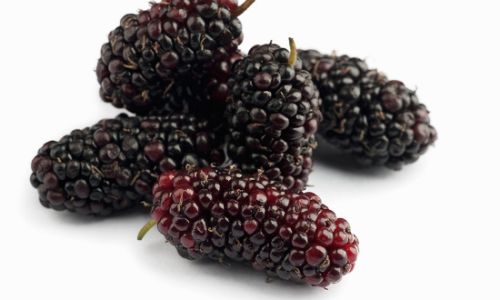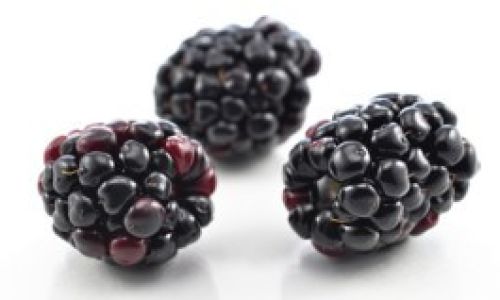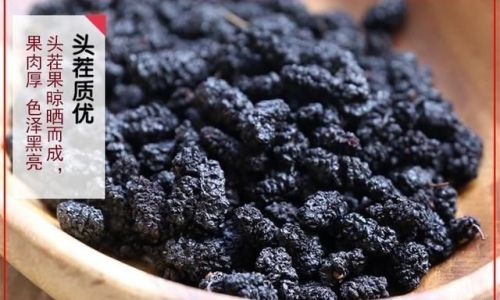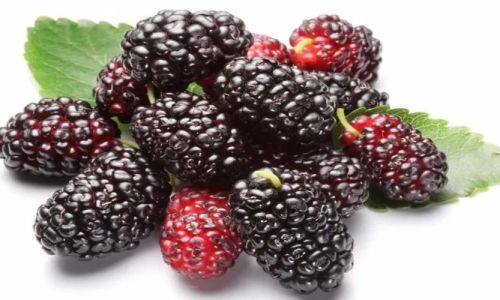In the vast realm of dried fruits, few stand out as vibrantly and deliciously as dried mulberries (often referred to as mulberry fruit or sangshen in some cultures). These tiny, dark-colored gems have captured the hearts and taste buds of many, primarily due to their exceptionally sweet flavor. But what is it about dried mulberries that makes them so incredibly sweet? To understand this, we must delve into their botanical origins, nutritional profile, processing methods, and the science behind their sweetness. This exploration promises not only to satisfy our curiosity but also to highlight the myriad benefits these sweet treats offer.
Botanical Background and Varietal Differences
Mulberries belong to the genus Morus within the Moraceae family, which includes several species, primarily Morus alba (white mulberry), Morus nigra (black mulberry), and Morus rubra (red mulberry). Each species exhibits unique characteristics, but it’s the black mulberry (Morus nigra) that is most commonly dried and celebrated for its intense sweetness. This sweetness is partly inherent to the species but also influenced by the climate, soil conditions, and ripeness at harvest.
Black mulberries are known for their large, juicy berries that contain high concentrations of natural sugars, primarily glucose and fructose. These sugars contribute significantly to their sweet taste profile. Additionally, the balance between acids and sugars in black mulberries is such that it enhances the perception of sweetness, making them stand out among other dried fruits.

Nutritional Composition and Sweetness
The nutritional profile of dried mulberries is rich and complex, with sugars being just one component. Besides glucose and fructose, they also contain sucrose, albeit in smaller quantities. These simple sugars are readily absorbed by the body, providing a quick energy boost. However, it’s not just the quantity of sugars that determines their sweetness; it’s also the quality and interaction with other compounds.
Dried mulberries retain a significant amount of dietary fiber, antioxidants, vitamins (such as A, C, and K), and minerals (including iron, calcium, and potassium). These nutrients play a crucial role in maintaining the overall taste balance. For instance, the fiber content helps to balance the sweetness, preventing it from being overly cloying. Antioxidants like anthocyanins, which are abundant in black mulberries, contribute to their deep color and may subtly influence flavor perception, enhancing the overall sensory experience.
Processing Techniques and Their Impact on Sweetness

The transformation from fresh mulberries to their dried form involves several steps, each impacting the final sweetness. The first step is careful selection of ripe, healthy berries. Ripe mulberries have higher sugar content and are thus naturally sweeter. Once harvested, they are often gently washed and sometimes lightly processed to remove stems and imperfections.
The drying process itself is crucial. Traditional methods involve sun-drying, which allows for natural concentration of sugars and development of flavors. Modern techniques, such as using dehydrators or ovens, offer more control over temperature and humidity, ensuring consistent results. During drying, water is removed, which concentrates the sugars and other soluble solids, intensifying their sweetness.
An important consideration in processing is the temperature. Excessive heat can degrade sugars, leading to caramelization and altering the flavor profile. Therefore, gentle drying at moderate temperatures preserves the natural sweetness and delicate aroma of mulberries.
Storage and Shelf Life

Proper storage of dried mulberries is vital to maintaining their sweetness and quality. Exposure to moisture, air, and light can degrade the sugars, cause oxidation, and lead to loss of flavor. Therefore, they are typically packaged in airtight containers, sometimes with added desiccants to absorb any residual moisture. Storing them in a cool, dark place further extends their shelf life and preserves their delightful sweetness.
Cultural Significance and Culinary Uses
In many cultures, dried mulberries hold significant cultural and medicinal value. In traditional Chinese medicine, they are believed to nourish the blood, improve digestion, and support eye health. Their sweet taste makes them a popular snack, especially among those seeking natural sweeteners or looking to avoid refined sugars.
Culinary applications for dried mulberries are vast. They can be enjoyed on their own as a snack, added to trail mixes, or incorporated into baked goods like cookies and cakes. Their unique sweetness pairs well with yogurt, oatmeal, and even savory dishes, adding a touch of natural sweetness without overpowering other flavors.

Conclusion: A Sweet Symphony of Nature and Craftsmanship
The sweetness of dried mulberries is a harmonious blend of nature’s bounty and skilled craftsmanship. Their botanical origins, rich nutritional profile, careful processing, and thoughtful storage all contribute to creating a taste experience that is both indulgent and nutritious. As we unravel the secrets behind their delightful sweetness, we appreciate not only their culinary appeal but also their potential health benefits.
In a world where processed sugars are abundant, dried mulberries offer a refreshing alternative, satisfying our sweet tooth while delivering a range of nutrients. Their story is one of balance, where the right combination of science and tradition yields a treat that is as enjoyable as it is enriching. So, the next time you savor a handful of these sweet, dark berries, remember that their sweetness is a testament to the intricate dance of nature and human ingenuity.






0 comments